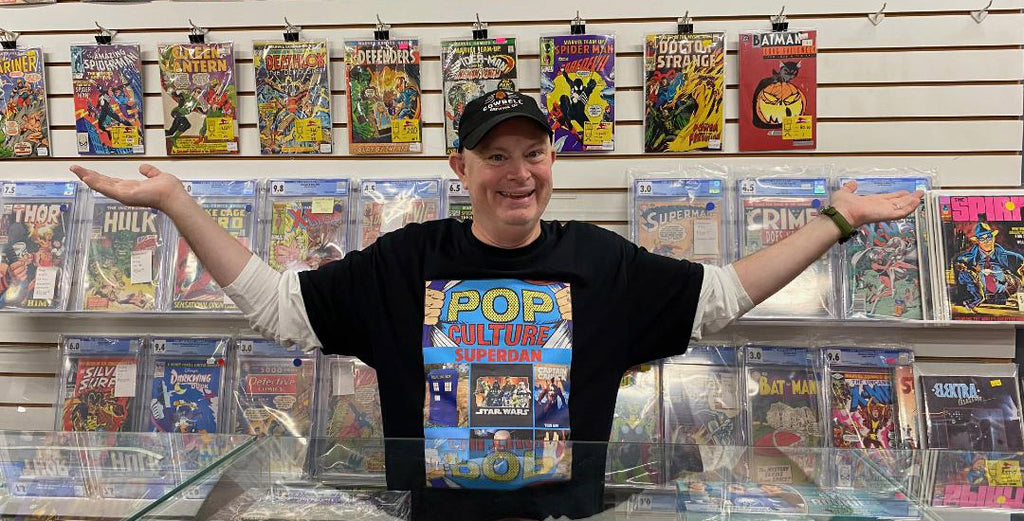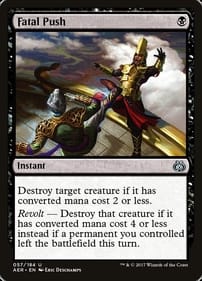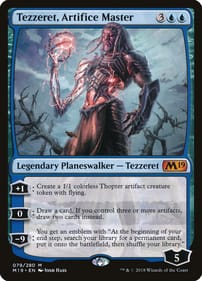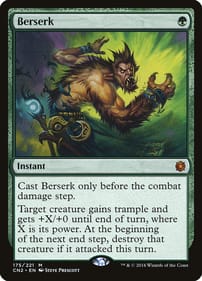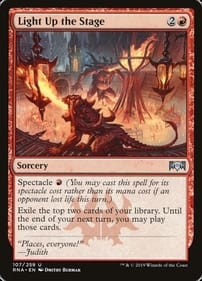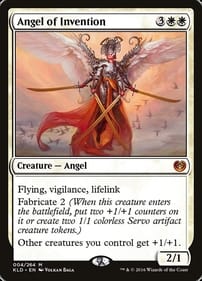Comics vs. Graphic Novels
By Dan BrownWhen is a comic book not a comic book? When it’s a graphic novel.And what the heck is a graphic novel? Your guess is as good as mine.Comic lore has it the term was invented by legendary creator Will Eisner. I get the impression Eisner – known for the Spirit newspaper strip – couldn’t sell illustrated stories to a legitimate publisher as comics, so he came up with the “graphic novel” label solely as a way to sell them.So it was a marketing gimmick from the get-go.I am old enough to remember comics before the advent of the graphic novel. Eisner’s A Contract With God came out in 1978, the irony-in-hindsight being that it isn’t a novel, but a collection of four short stories.But as a graphic novel, it has some kind of heft it didn’t carry as a comic – even though it’s a sequential story told with pictures, panels and text. Isn’t that the definition of a comic? It landed differently owing to the elevated subject matter – just dig that title.Current editions of A Contract With God proclaim its place in comic history. Does that mean anyone who cracks the book reads it in a different way than a “mere” comic? I don’t think so.What maybe shouldn’t surprise anyone is how Marvel got on board with the term fairly quickly. By 1982 Stan Lee and friends were trumpeting The Death of Captain Marvel as one of Marvel’s first forays into graphic-novel territory. It had a unified storyline and was bigger and more expensive than the monthly mags of the time, but used characters from the company’s superhero line.Meanwhile, another important thing was happening in the background. Harvey Pekar had started publishing the comic series American Splendor in 1976. His appearances in the 1980s on David Letterman’s show may have been how he caught my attention.Pekar is important because he was using comics in a revolutionary way: To tell everyday stories, rather than put a spotlight on costumed do-gooders. It was all about the mundane, a staggering departure at the time.I read stories like The Watchmen or Dark Knight Returns in serial form. They are now known as landmark graphic novels, but when I was experiencing them one month at a time I never predicted they would eventually be collected in anthology form. Pretty much all comics are now published with an eye to the eventual graphic novel.So somewhere along the line Pekar’s innovative insight – comics can be used to tell any kind of story – got grafted onto the emerging use of graphic novels to tell more “serious” superhero tales.And a genre was born. I’ll grant that I may be the only person who cares about questions like this. Maybe I’m the only individual demented enough to care. And I guess as long as graphic novels and comics are experienced as a printed or online product meant to be read, the distinction doesn’t matter.I originally started writing a weekly column about graphic novels because the industry had reached a saturation point – there were enough graphic novels coming out, I could potentially review a new one every week. We’re now at the point in the history of the medium where I tell graphic-novel newbies, “If there is a topic or issue that interests you, there is a graphic novel out there for you.”Oh, and I know I left out a bunch of other definitions. What is a cartoon? What is a newspaper comic strip? What is a Sunday funny? A web comic?All fodder for future columns.Until then, I would love to hear your thoughts in the comment box below.Dan Brown has covered pop culture for more than 31 years as a journalist and also moderates L.A. Mood’s monthly graphic-novel group.


